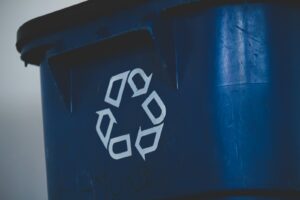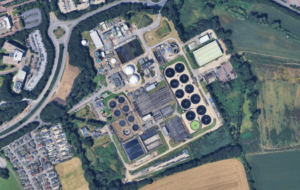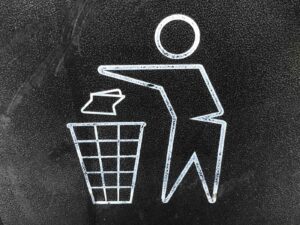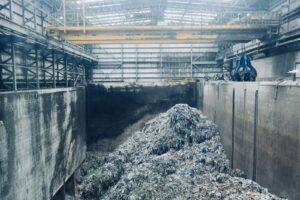With Easter done and dusted, could the carbon footprint of all those easter eggs you ate be another thing to feel guilty about?
A new study has by researchers at The University of Manchester and published in the journal Food Research International has looked at the carbon footprint of chocolate and its other environmental impacts. They assessed the impacts of ingredients, manufacturing processes, packaging and waste.
With the raw materials usually imported from humid locations on the equator such as Malaysia, Ghana and Brazil, the report highlights the distances involved bringing them to the UK.
Professor Adisa Azapagic, head of sustainable industrial systems at the university, says: ‘Most of us love chocolate, but don’t often think of what it takes to get from cocoa beans to the chocolate products we buy in the shop.’
Cocoa is cultivated around the equator in humid climate conditions, mainly in West Africa and Central and South America so it has to travel some distance before it makes it into the chocolate products we produce and consume in the UK. It is true that our love of chocolate has environmental consequences for the planet. But let’s be clear, we aren’t saying people should stop eating it.’
The point of this study is to raise consumers’ awareness and enable more informed choices. Also, we hope this work will help the chocolate industry to target the environmental hotspots in the supply chains and make chocolate products as sustainable as possible.’ added Professor Azapagic.
Read the report here
A separate report titled ‘Choc Horror’, published by Liberal Democrat MP Jo Swinson, also heavily criticised the manufacturers of easter eggs. She labelled the eggs in the report as: ‘a symbol of the excess plastic packaging that is still prevalent across the food industry and other consumer industries.’
£150m easter eggs are sold in the UK each year, which is estimated could create 3000 tonnes of waste, and the industry shows no signs of shrinking. The UK chocolate confectionary sector, which was worth £4.34bn in 2014, grew by 16.4% and is expected to grow by a further 8.8% by 2019.
Her research found 5 out of 9 brands used more than 30g of plastic to pack an egg, with Lindt being the worst offender. She found their chocolate egg takes up less than 1/6th of the box, and its packaging accounting for more than a third of the total weight.
















